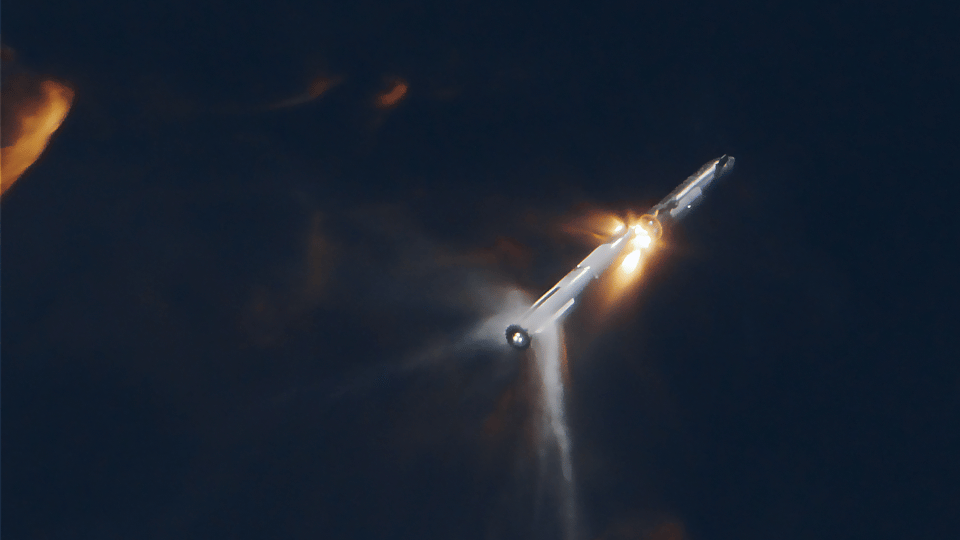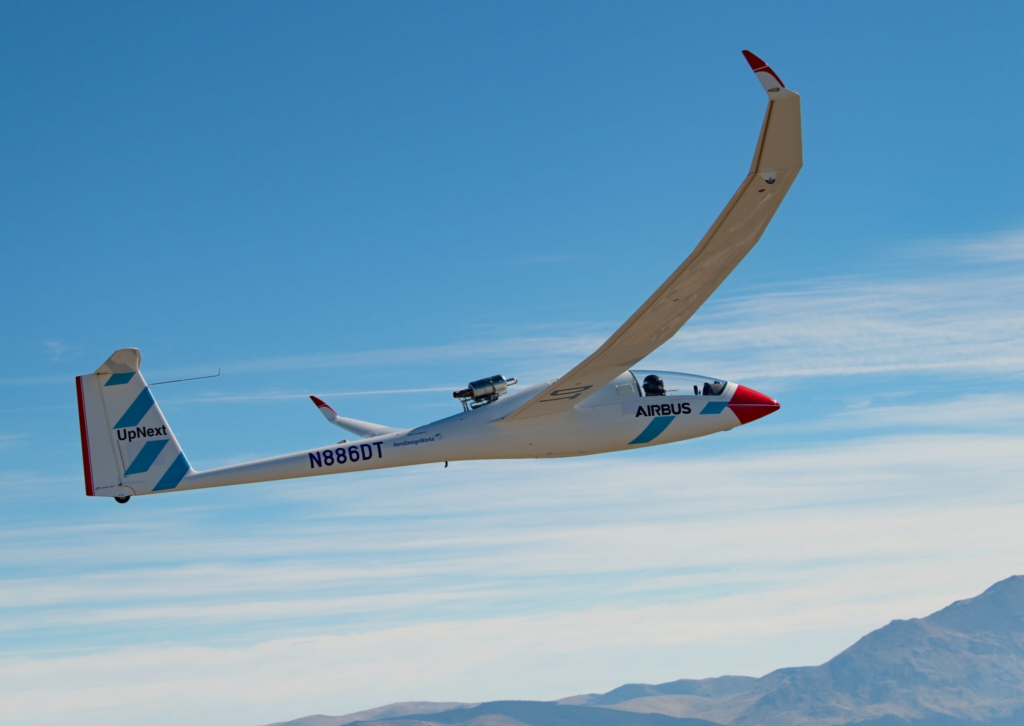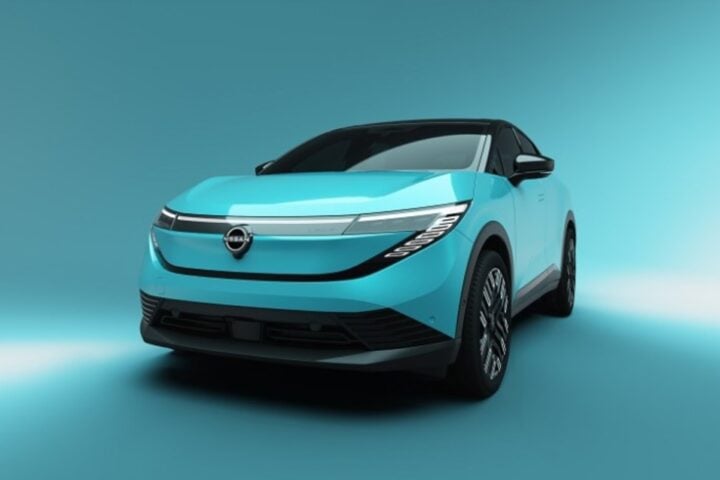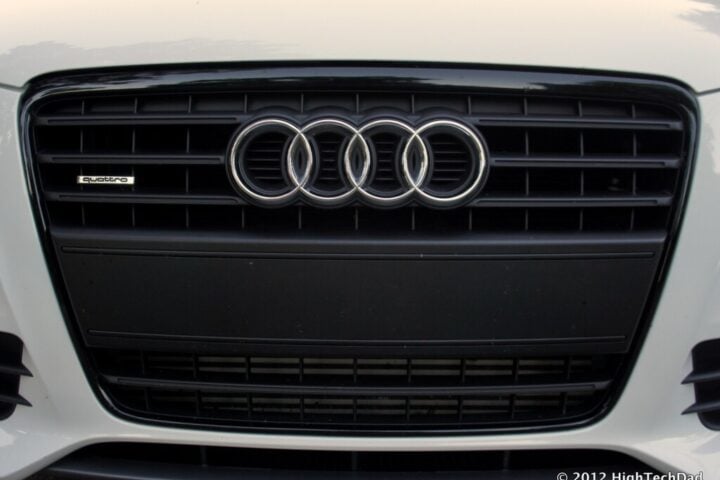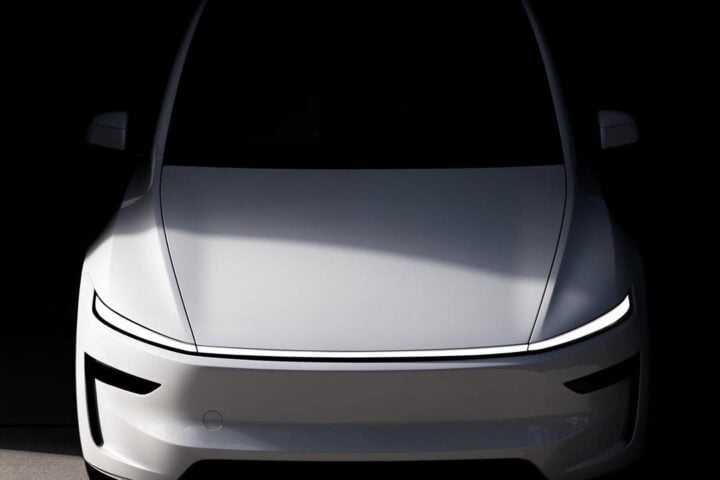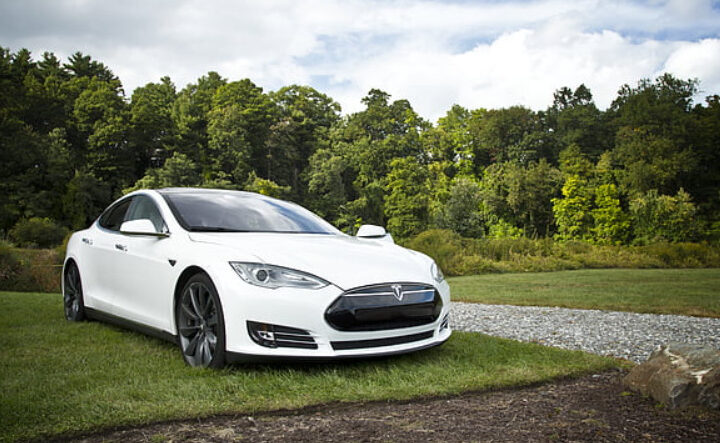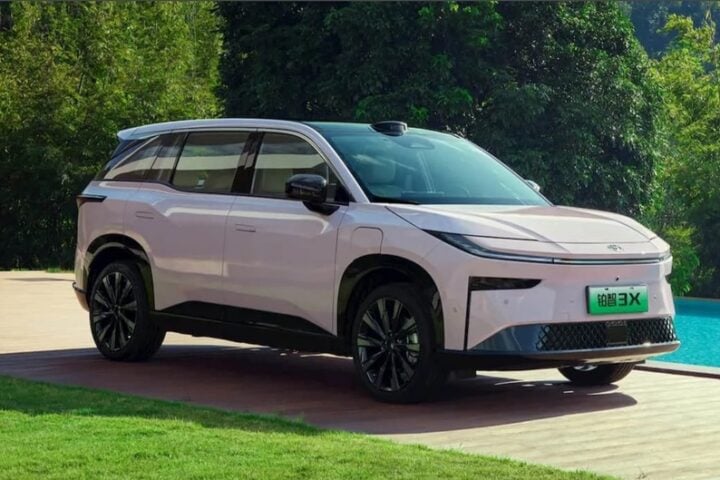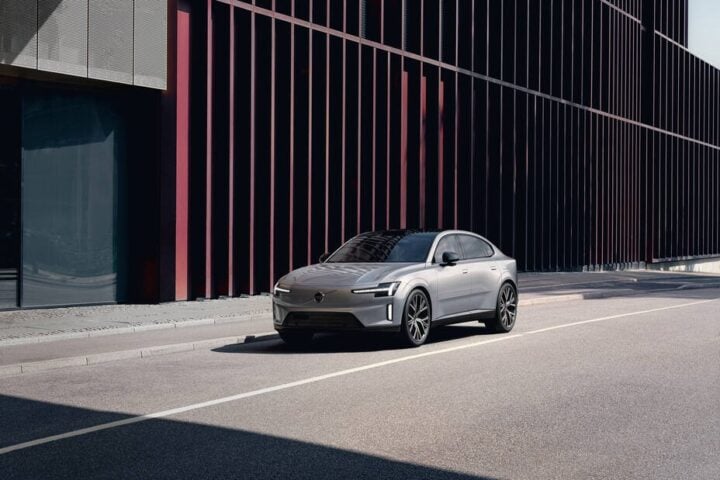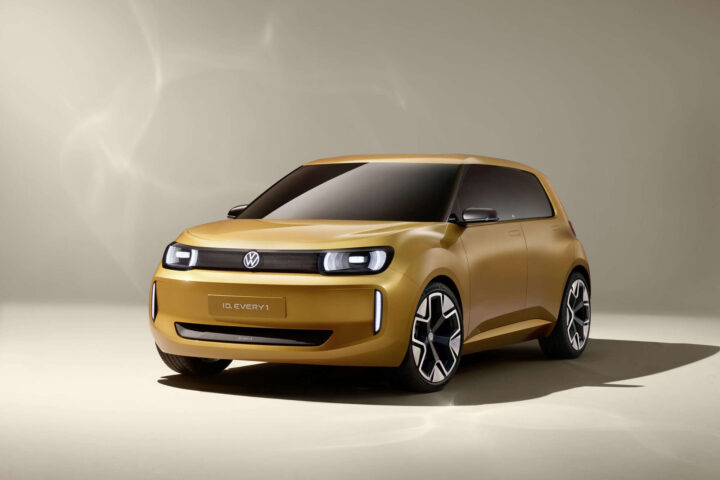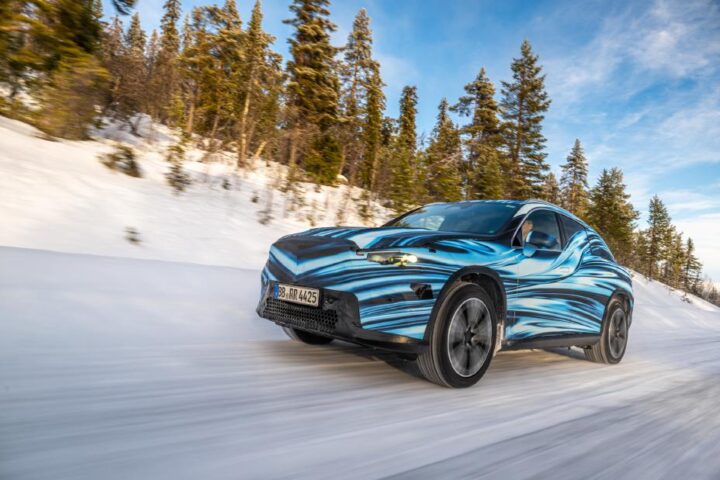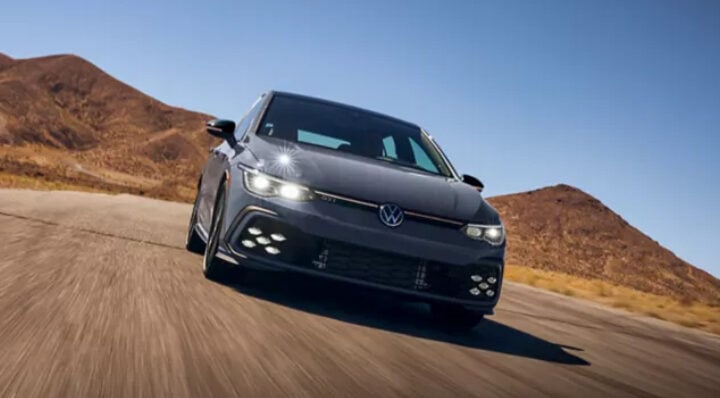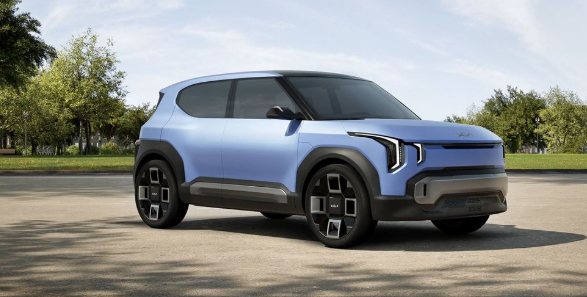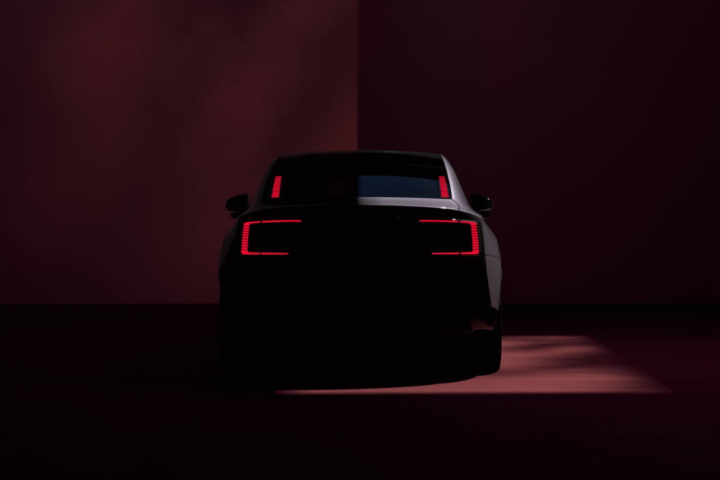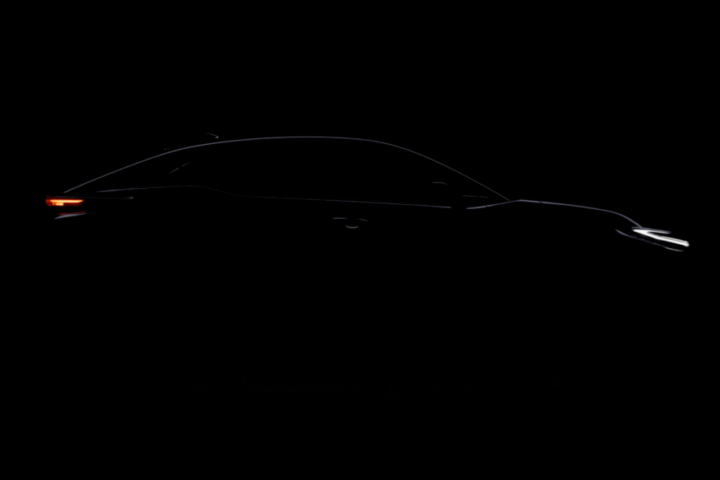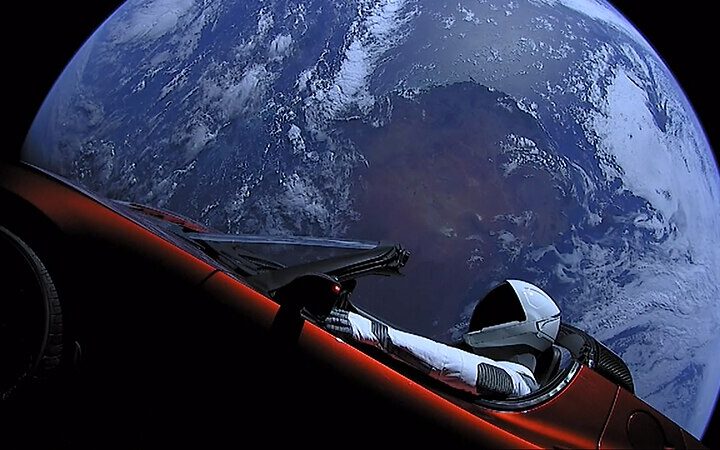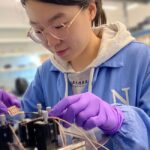Victoria’s push towards a sustainable future takes a significant leap with the introduction of two Australian-designed hydrogen buses in Melbourne’s western suburbs. These buses are a core part of a larger green initiative, involving a total of 52 zero-emission buses across the state. Minister Gabrielle Williams underscores this as a critical move towards Victoria’s goal of a net zero emissions target.
Two Australian-made hydrogen buses will soon be operational in Melbourne’s west, servicing routes across Footscray, Williamstown, Moonee Ponds, and Sunshine. These buses are a part of a larger trial that involves six operators rolling out 52 zero emissions buses, including these two hydrogen vehicles, across Victoria. The data collected from this trial will be instrumental in understanding the performance of these zero-emission buses, particularly in terms of energy usage and charging requirements for various route patterns. This trial is a critical step toward the state’s goal of transitioning its entire fleet of 4,000 diesel buses, including 2,200 in regional Victoria, to zero emissions by 2025.
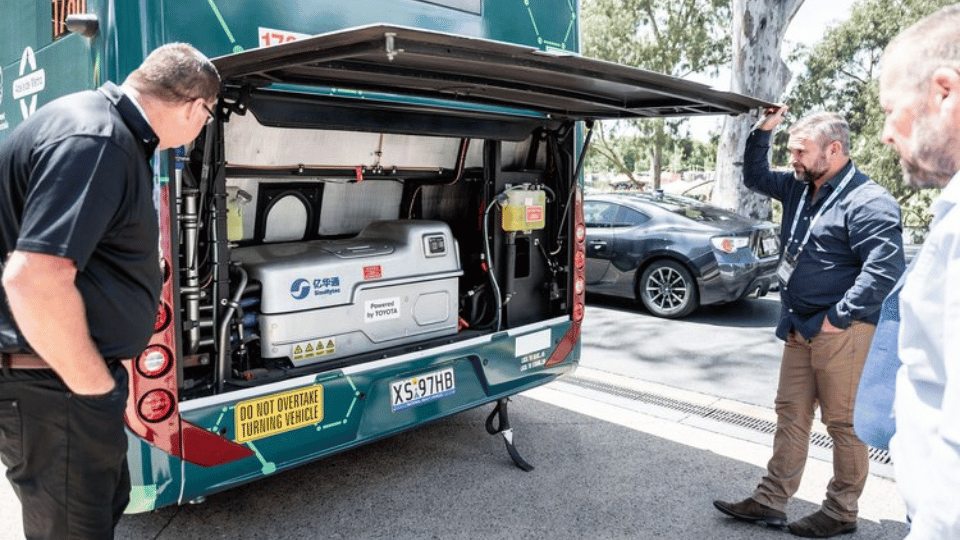
Supporting this initiative is the Victorian Budget 2023/24, which includes a $20 million investment for the rollout of zero-emissions buses as part of Victoria’s Bus Plan. This plan aims to develop a modern and reliable bus network that doesn’t rely on fossil fuels. Hydrogen Fuel Cell Buses, like the ones being introduced, only emit water vapor at their tailpipe, making them an environmentally friendly option. The two buses alone are estimated to save around 90 tonnes of emissions annually. The Labor Government of Victoria has set ambitious emissions reduction targets of 75-80% by 2035 and aims to achieve net zero by 2045.
In terms of policy and governmental perspective, Minister for Public and Active Transport Gabrielle Williams emphasized the importance of tackling emissions in the public transport network as a key part of meeting Victoria’s net zero emissions target. She highlighted the trial as an exciting step towards a cleaner bus fleet in the state. Similarly, Minister for Climate Action Lily D’Ambrosio pointed out the significance of decarbonizing the transport sector to achieve the net zero emissions goal by 2045. Member for Footscray Katie Hall also commented on the benefits of cleaner technologies like hydrogen and electric for providing quieter and smoother journeys, which is a win for the Footscray community.
Mark Peters from Transit Systems, reflecting on the success of their Hydrogen Bus Trial at the BIC Conference, highlights the industry’s enthusiasm for this green technology. This commitment to eco-friendly transport is a critical step in reducing greenhouse gas emissions, a goal emphasized by Minister for Climate Action Lily D’Ambrosio.
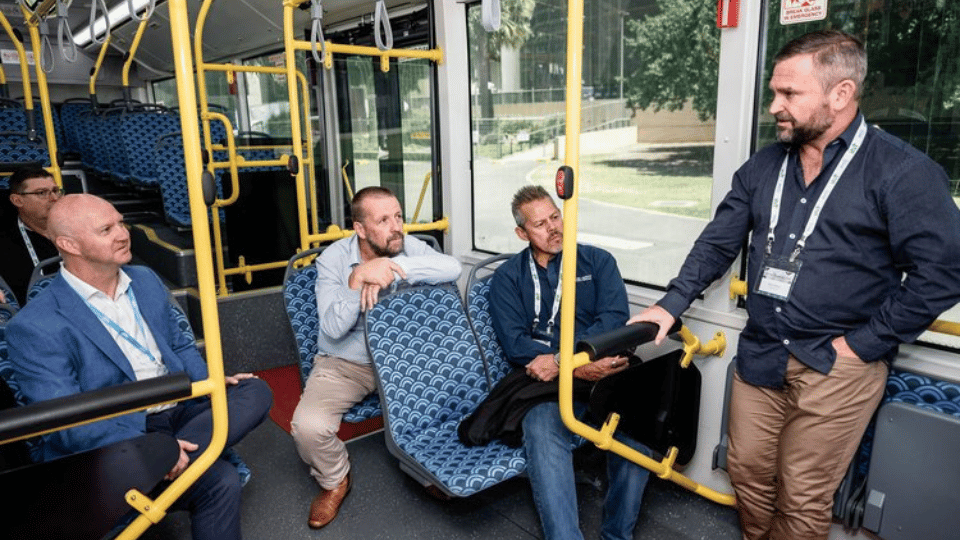
This initiative is more than a green shift; it’s a promise for cleaner, quieter journeys, especially for communities like Footscray, where these buses will operate. It’s a blend of advanced technology and environmental responsibility, steering Victoria towards its ambitious emissions reduction targets of 75-80% by 2035 and net zero by 2045.
The introduction of hydrogen buses in Victoria represents a crucial step towards sustainable public transportation. It aligns with global efforts to reduce carbon emissions and combat climate change, setting an example for other regions and countries to follow. The initiative demonstrates a practical approach to embracing cleaner technologies while ensuring the reliability and efficiency of public transport systems.

